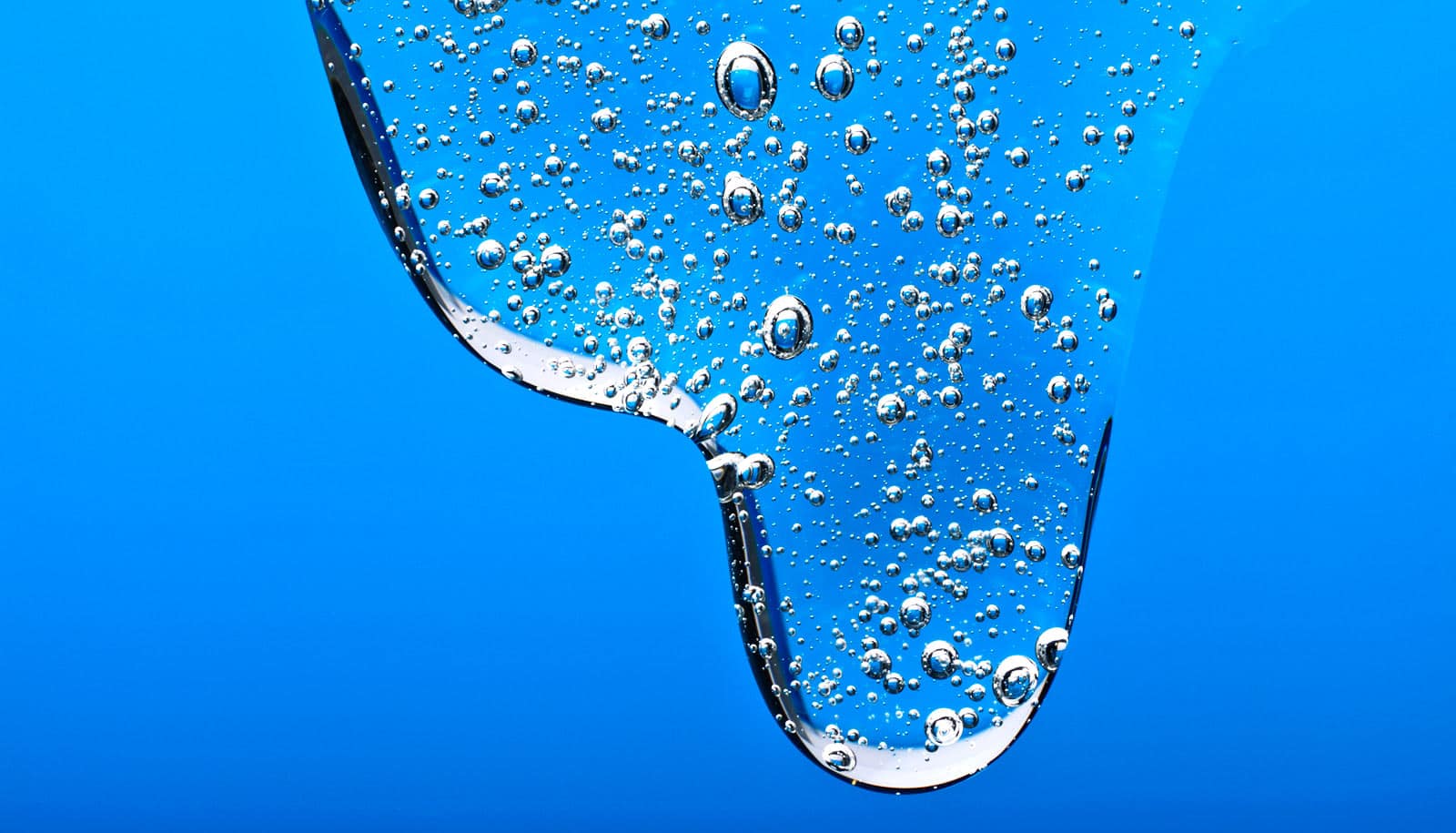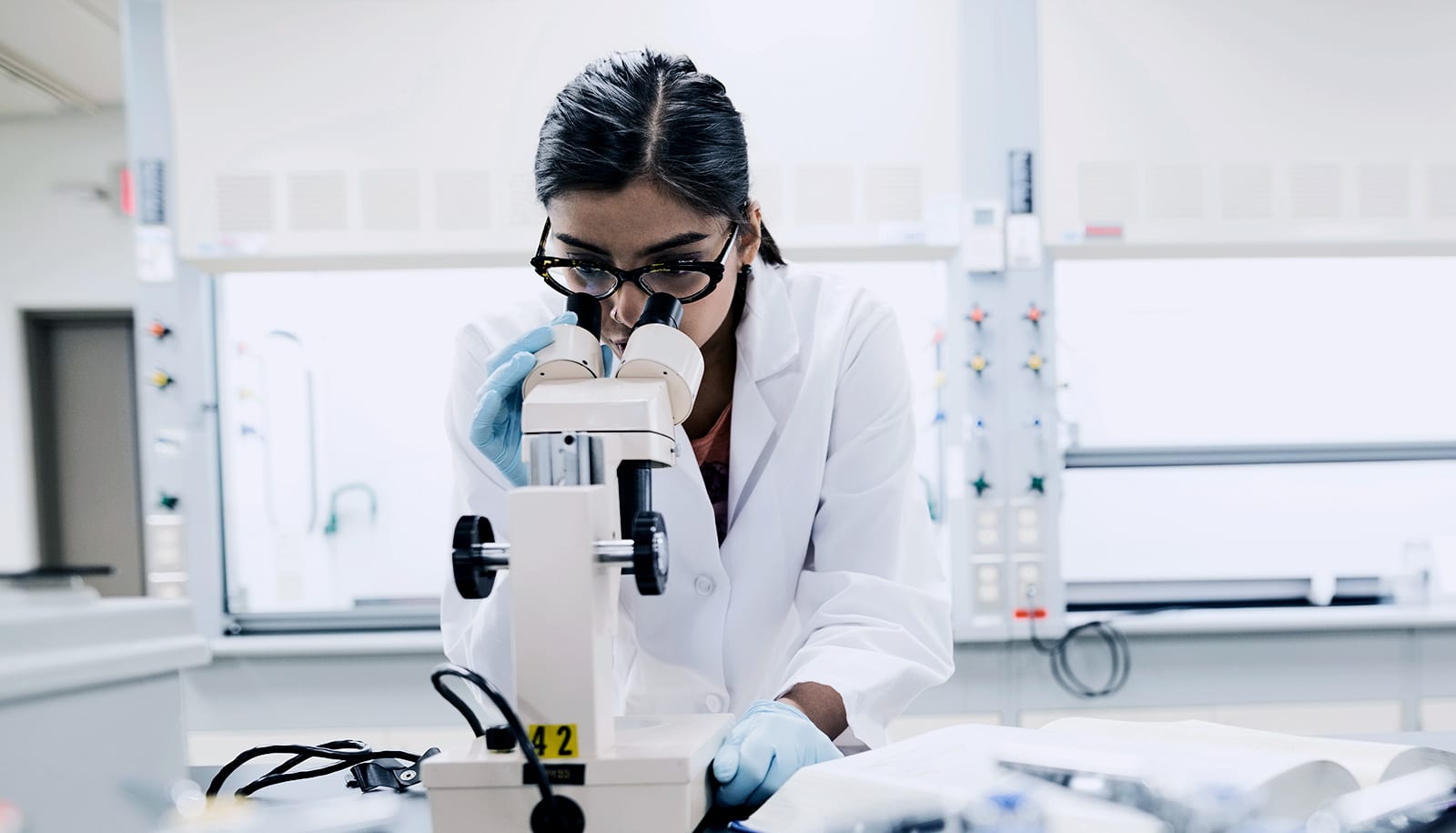Researchers have created a new nanomaterial-based hydrogel that encourages amniotic epithelial cells (a type of stem cell) to grow into mature liver cells.
These new liver cells could potentially be useful in cell therapy and tissue engineering to help patients with liver conditions.
The liver performs many essential functions related to digestion, metabolism, immunity, and storage of nutrients within the body. It is the body’s “chemical factory,” producing several important proteins and nutrients—and also breaks down toxic substances into harmless chemicals.
The liver processes the majority of substances (including drugs) that enter the body. This is why, a pathological condition in this organ is so dangerous and leaves very few therapeutic options.
Liver diseases such as acute liver failure and liver cancer are increasingly prevalent health issues with no clear therapeutic solutions. Apart from a liver transplant, patients have limited therapeutic options. However, there is a shortage of healthy livers from donors.
Ho Han Kiat and Giorgia Pastorin, both from the pharmacy department at National University of Singapore, collaborated with Dan Yock Young from National University Health System to create the new hydrogel, which mimics the stiffness level and nanoscale surface roughness found in healthy human livers.
When amniotic epithelial cells (AECs, a type of stem cell derived from the amniotic fluid in pregnant women) grow on the artificial matrix, it stimulates them to develop into mature liver cells.
The researchers based their findings on an earlier discovery by Ho and his collaborators which showed that when mesenchymal stem cells (another type of stem cell) grow on a carbon nanotube-plated surface, they catalyze the transformation of stem cells into muscle cells even in the absence of additional growth factors (substances that stimulate growth in living cells).
Using this strategy, the team adapted the original carbon nanotubes’ surface by incorporating them into a polyacrylamide gel. The idea is to recreate a softer matrix that better mimics that of a healthy liver to influence the transformation of the AECs into liver cells.
“This effort yielded very encouraging results. We found that the AECs acquired significant liver cell characteristics with the corresponding loss of stem cell markers,” Ho says.
“These cells demonstrated liver-specific functions in terms of expressing albumin and drug metabolizing capabilities. The goal now is to expand the characterization of the liver function of these cells and to scale up production so that this can potentially be a sustainable resource for clinical applications,” says Ho.
The research appears in the Journal of Tissue Engineering and Regenerative Medicine.



